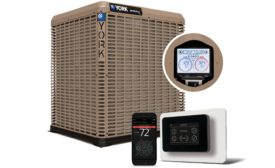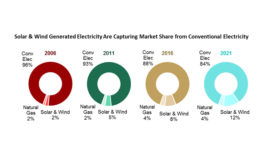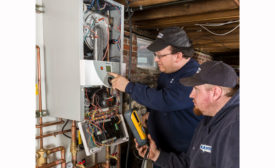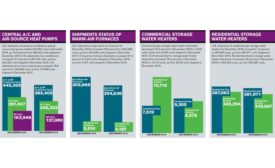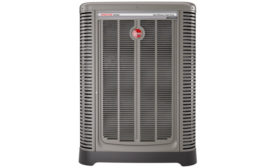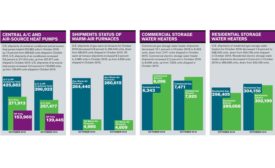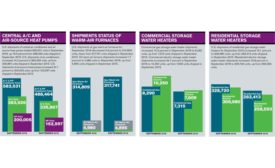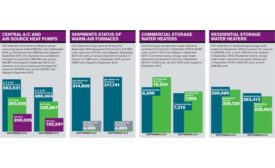Air-Source Heat Pumps
Air Source Heat Pump Demand to Exceed $2 Billion in 2021
Comprising a significant amount of total heat pump demand
March 29, 2017
Central Air Conditioner and Heat Pump Shipments Up Again in October
Year-to-date combined shipments are up 6.2 percent
December 12, 2016
Copyright ©2025. All Rights Reserved BNP Media.
Design, CMS, Hosting & Web Development :: ePublishing
